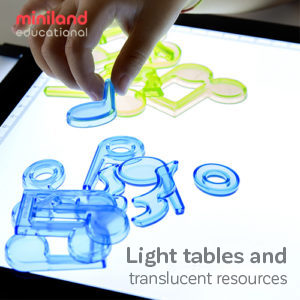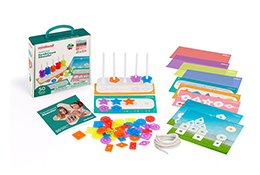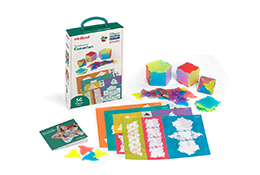You see them learn new things and make friends, and hear their inexhaustible laughter throughout the day – but this doesn’t mean that teaching isn’t without its challenges. Keeping a class full of children happy, attentive, quiet and educating them is an absolute handful and takes some seriously skillful classroom management techniques.
While there is no secret recipe for keeping a class under control, as each teacher and child is completely different, there are a few things that you can implement in your classroom that are bound to keep the little ones at a manageable level.
These are our favorite classroom management techniques that are used in schools all over the world:
Getting children’s attention
Children are by nature easily distracted and incredibly energetic and it can be hard to summon all their attention at once. The easiest ways to get their attention usually involve some sort of participation on their behalf – rather than just talking at them.
For younger kids using fun methods of getting their attention are often more successful, and something like using a “check in” wand, which when pointed at a student means that they have to pay attention. Hand signals for attention are also quite successful. For your older kids use Harry Wong’s “Give me 5” approach, but take it down to three where children must “stop, look and listen” to you.

Keeping the classroom quiet
One of the biggest challenges when it comes to classroom management techniques is keeping a group of over energetic and zealous children quiet enough for others to concentrate (yourself included) and to keep disruptive behavior at a minimum.
A great way to deal with noise is to use clapping rhythms or using instruments and music – this is a great video from Teacher Tipster that shows you how to use various instruments to manage noise levels. Fun activities such as Beth O’s “marshmallow mouth” are also successful.
She gets her kids to pretend to pop a marshmallow in their mouth and puff their cheeks – it’s a little bit hard to chat away when your mouth is filled with imaginary marshmallows.
Dealing with misbehavior
Every single classroom has a trouble maker, or even a couple of them. The kids that consistently disrupt the class, talk ceaselessly and seem to have an endless amount of energy. So, how best to deal with troublemakers in the classroom?
One of the most well know classroom management techniques for discipline is seating arrangement – put them far from their friends and right at the front of the class.
Another successful technique is to assign tidying up duty to children who misbehave during the day. This school has also had huge success by using meditation instead of detention when disciplining their students.
Using technology
Technology has become a big part of classroom management techniques and is proving very successful in a day and age where children are very receptive and interested in technology.
There have been a number of apps developed for classroom management such as Traffic Light, Super Sound Box, Class Dojo and Too Noisy. Download these apps to help you keep your students quiet and attentive.

Having fun
Children need entertainment and they absolutely thrive when having fun. While attention, quiet and discipline are important classroom management techniques – you mustn’t forget to have fun with your kids.
Play games, clap hands, go outside, sing songs and always have a few moments to let them play with toys. The best thing to do is to get your hands on high-quality educational toys that are also entertaining – it makes learning all the more fun, and easier, for your students.
Miniland educational toys are designed specifically with education and entertainment in mind, and they have been developmentally created to suit kids of different ages. Contact us for more information and advice on our amazing toys and other classroom management questions.




